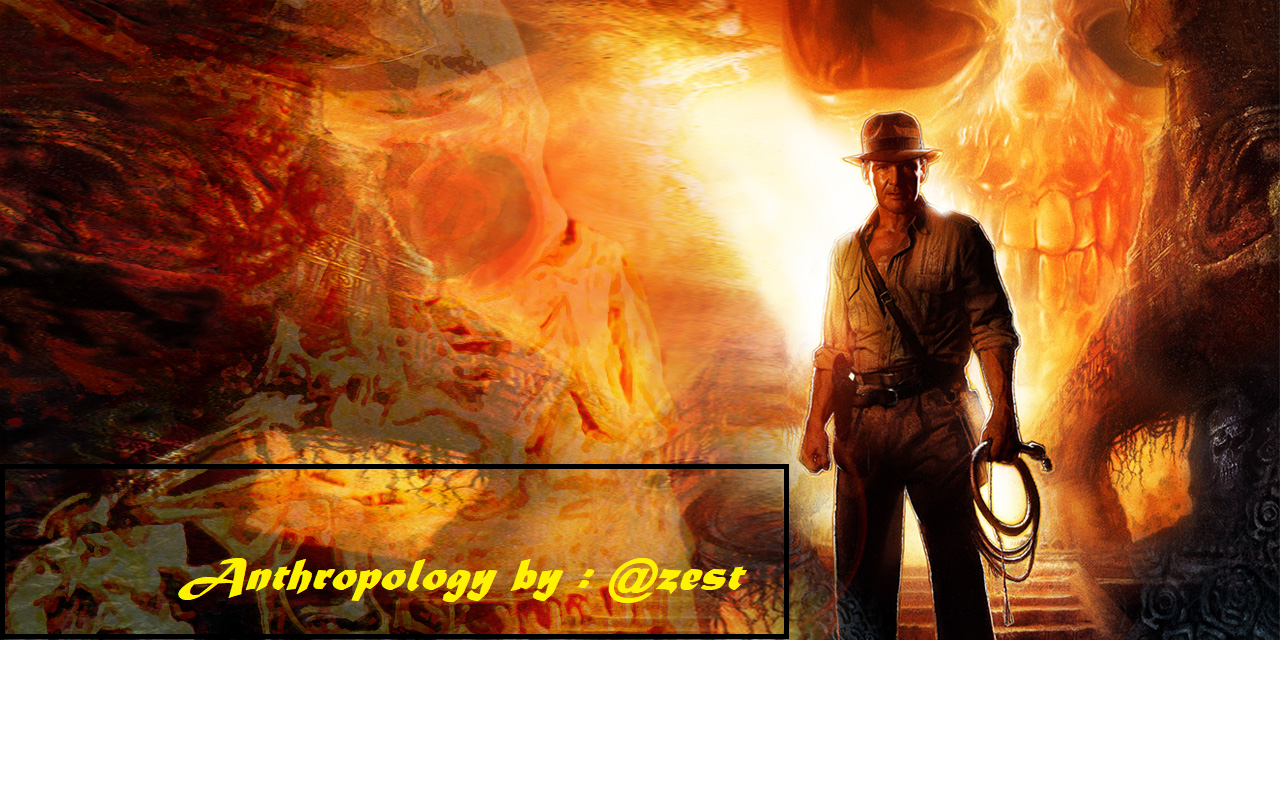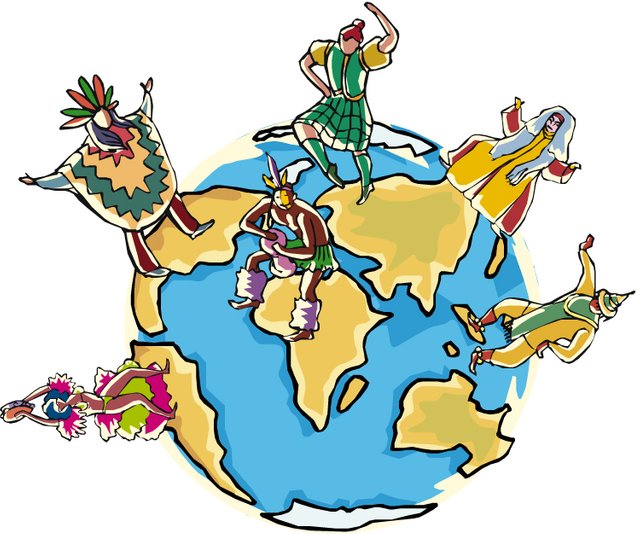The Anthropological view on Religion, The Supernatural and Magic: Part 5

Disclaimer
It is not the aim of anthropological study to obtain factual knowledge of supernatural beings or powers. The aim, instead, is to understand the great variety of conceptions of the supernatural within the context of particular systems or communities. Anthropologists will unavoidably be influenced by their own beliefs and their own conception (or denial) of supernatural. It is, however, their task to understand any religious system in terms of its meaning for its adherents.
The Anthropological view on Religion, The Supernatural and Magic: Part 5
The supernatural as a source of evil
The supernatural is also believed to be a source of evil, particularly when used by witches,in that supernatural means may be used with malevolent (evil-minded) intent by people who are believed to have the knowledge, power and disposition to do so. There are two categories of acts associated with malevolent application of supernatural powers, namely witchcraft and sorcery. The anthropologist Evans-Pritchard defined witchcraft as the inherent (inborn) power to harm other people by supernatural means. He distinguishes this from sorcery, which is learned and is the harmful or aggressive use of magic.
Witches are said to achieve their goals by using familiars, that is, beings with supernatural characteristics that help the witch to achieve his or her purpose. Examples of familiars are baboons, cats, snakes, birds, exhumed corpses, and beings that are half animal and half human. Witches are believed to perform their evil acts at night when they gather to eat the flesh of their victims and to indulge in their orgies.
Sorcerers, on the other hand, are said to use material means, words or actions. Since they do not have an inherent desire to harm all other people, they only use it for personal reasons, for example to get rid of an enemy.
Religious communication: Revelation
Our main objective here is to discuss the ways in which the supernatural is believed to communicate with human beings, and how humans in turn seek to communicate with the supernatural. In the whole process, of course, people are often involved as groups, so that interpersonal relations are also influenced by interaction with the supernatural. So, for example, people may participate in religious activities as kin groups, as communities, or as voluntary adherents of a particular religion, irrespective of kinship or community membership. For this reason, interpersonal relations cannot be ignored and we shall therefore refer to these where necessary.
Communication is a two-way process - a reciprocal process between two parties, in this case between humans and the supernatural, but also between people themselves. The initiative may be taken either by the supernatural revealing itself to humans, or it may be taken by humans seeking contact with the supernatural or with other people.
Few religious acts can, however, be singled out as exclusively belonging to either the one or the other category. Usually both kinds of activities coincide in any religious activity. During a Christain church service, for example, hymns and prayers are supplications (humble pleas) to God, while Scripture reading and preaching are perceived as God's word to humans. A statement in the form of a confession of faith may also be directed to other people. For the purposes of this discussion, we shall distinguish between revelation, where the supernatural is believed to impart knowledge to humans, and ritual, where human activity is directed at the supernatural (and, in a secondary sense, at other people).
Prayer is not a means of revelation, but an act of communication with the supernatural (initiated by human beings).
Revelation
Knowledge of the supernatural is imparted to and acquired by human beings in various ways. In their study of these ways anthropologists are not concerned with the truth or misconceptions of people's religious beliefs. Instead, anthropologists are interested in what these tell us about people and their sociocultural systems and how beliefs functions in the broader system.
Myths
The popular meaning of the term myth is that of a false belief or a fictitious event or idea. Anthropologists, however, use the term "myth" in a different sense. In anthropological theory myths are refer to tales that are transmitted from generation to generation; myths are stories of cosmic origins or events, and give meaning to human beings and their world. In anthropology the term myth therefore generally refers to tales which are sacred or religious in nature and are concerned with the origin or creation of natural, supernatural or sociocultural phenomena.
It is not always possible or easy to distinguish myth from oral traditions or oral history. Oral traditions are presented as history, as an interpretation of events that actually occurred at some remote time. Myth, on the other hand, is not trying to prove something, or to convey practical, verifiable information about some state affairs. Myths are therefore not histories or rational explanations of the world as it is.
The American anthropologist Paul Hiebert says that myths are:
fanciful and poetic commentaries of what the people think is the very basis of the world and life. Because they are based on visionary and intuitive insights into the mysteries of the universe, they must be understood as philosophies garbed in symbolic and poetic literature
For this reason, myths may sometimes seem to be superstitious mixtures of irrational ideas or fantasies. However, since myths are not reports of actual events, they must not be interpreted literally.
The end of Part 5....
Thank you for reading.
Images are linked to their sources in their description and references are stated below.
Authors and Text Titles
Olivier 1976: Die religious van die Gcaleka
Wessels 1984: Tamil-hindoes
Beattie 1964: Other Cultures
Robert Redfield: The primitive world view
CR Ember 2005 : Anthropology 11th Edition
WA Haviland 2008: Anthropology: The Human Challenge 12th Edition
BA Pauw 1970: Religion and magic
AFC Wallace 1966: Religion: An anthropological view
Hiebbert 1983
Thank you @rocking-dave for the SteemStem gif








You received a 10.0% upvote since you are not yet a member of geopolis.
To read more about us and what we do, click here.
https://steemit.com/geopolis/@geopolis/geopolis-the-community-for-global-sciences-update-1
If you do not want us to upvote and comment on your posts concerning earth and earth sciences, please reply stop to this comment and we will no longer bother you with our love ❤️
Thank you!!!
So loving this series.
My favorite mythical creature is the Aswang. (https://en.wikipedia.org/wiki/Aswang) The version of the Aswang story that I heard is different than this one here on wikipedia. I learned about them in an Ethnic Studies course a few years ago.
The professor of that course told us that Filipino people created this story as some sort of metaphor for the Spanish, or to keep people inside at night when the Spanish were being violent. But in the version of the story I heard, the Aswang was always disguised as a beautiful woman who would only hunt single men.
What I took from this story was that colonization is such an psychologically damaging force that people end up experiencing a reality that contains horrible monsters when they are colonized. These monsters can then show up in folk lore and religion, because they become truly real to the people that live under these conditions.
Thanks again!
some of the myths out there or most of them are events that people change a bit and glorify x 100 more! the results are tremendous :P
also the fun part to supernatural analogy with evil is that mostly the same and same things are considered evil in every religion but with a different name!
Anthropology had big ripple effects throughout the science fiction and fantasy communities in the mid-20th century. I wrote about it in this IGMS column, "The Bastard Sister of Science."
http://www.intergalacticmedicineshow.com/cgi-bin/mag.cgi?do=columns&vol=randall_hayes&article=021
It seems less so now, but I haven't tried to quantify that.
Hi @plotbot2015:)
I apologise for the delay in responding, I have been super busy recently.
Please allow me some time to go through your blog and I will come back with a proper reply:)
Thank you so much for comment and support:)